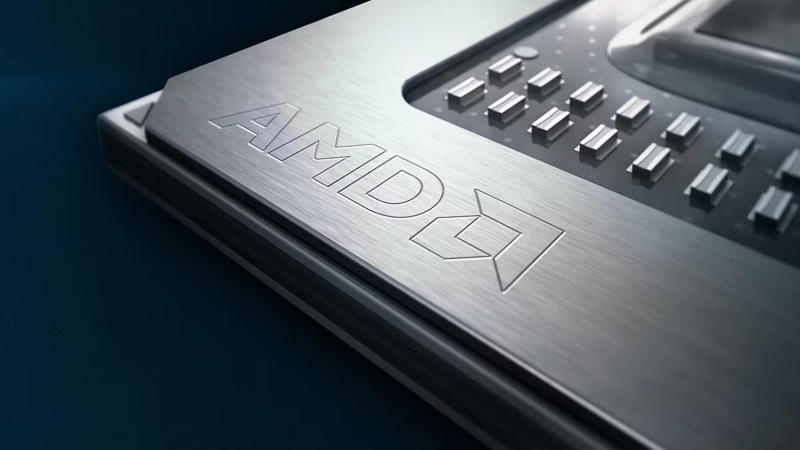While the bulk of AMD’s business used to be represented by client processors for PCs, today the majority of the company’s revenue comes from sales of EPYC processors for data centers. CEO Lisa Su officially announced that AMD is now a company focused on the data center segment.

Image source: amd.com
«During the last quarter, data centers accounted for I think more than 50% of our revenue. So we are truly a data center company,” Dr. Su said at the Goldman Sachs Communacopia And Technology Conference. At the end of the last quarter, AMD’s revenue in the server segment reached $2.834 billion, which is significantly higher than the client and gaming areas, which recorded sales of $1.492 billion and $648 million, respectively. AMD’s data center business accounted for 48% of the company’s revenue – EPYC processors became the main product and source of revenue and profit.
«It’s been really interesting to see how the data center market has grown for us as a business. If you think about where we started, in the data center business, as you said, we had a low single digit share [less than 10%]. He had a similar percentage of our income,” said the AMD CEO. But if a company says that its direction is ahead of another, it is essentially demonstrating that it is all focused on that direction. And the question arises whether others have faded into the background. Considering AMD’s slow progress in the field of graphics, certain conclusions can be drawn.
The success of AMD, Intel and Nvidia is now determined by core architectures and business decisions. In the CPU segment, AMD has a unified Zen architecture. In the direction of graphics processors, it combined RDNA (graphics) and CDNA (computing) into UDNA – there is still reason to assume that this segment will now cease to be secondary for the company.